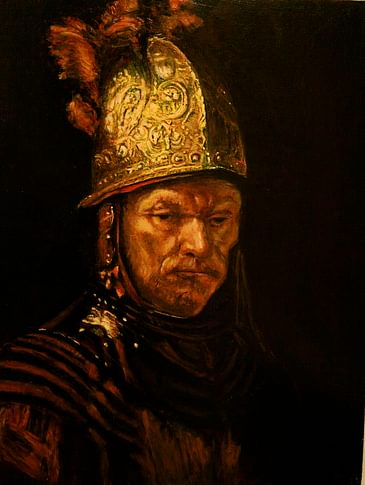In this episode, host Shelly Lesher is joined by Dr. Michael Wiescher to discuss using nuclear science to help understand and explain our culture. Dr. Wiescher is an author and Professor of Physics at the University of Notre Dame and is most well known for his pioneering work in nuclear astrophysics. His book on the scientific analysis of cultural heritage objects is most relevant to our episode topic today.
As the episode begins, Michael explains what drew his attention to cultural heritage. While cultural heritage and conservation may have overlap, he explains that they do not share the same goal. Conservation refers to the act of restoring materials, and cultural heritage is the act of dating and researching the materials, techniques, etc. to understand the time and thinking in which a piece was made. Spectroscopy tools are used in both astrophysics and cultural heritage experiments. X-ray fluorescence can give an examiner information including deterioration and the original composition. Michael finds inspiration in the many materials offered to him through his university, such as their collection of early American paper money and early fake paper money. Currently, they are looking at the development of early photographic images.
XRF and PIXE are not just limited to paintings, but can be used for nearly everything. Michael works alongside archeologists and students from various degree programs. The plus side for nuclear physics, he says, is that the field is often viewed more positively by the liberal arts field.
Then, they discuss some of the big examples of nuclear physics solving mysteries. Now, each major museum has its own link to an accelerator lab to distinguish between old paintings and modern duplicates. Old pigments were made of heavy metals, while today's pigments are more organic and nontoxic. It was revealed in neutron activation that a painting believed to have been by Rembrandt was not, but rather by a student of his. There was resistance in some museums to conduct these experiments and to allow outsiders in. Similar radioactive technology is now used to test the age of various commercial products like wine and spirits.
Despite these methods of verification, forgers are very good at what they do. Michael reveals that there are claims that up to 30-50% of all museum materials are forgeries. Every small detail of a work must be examined to determine if it is the original work, which isn’t always a clean job. It isn’t so much modern forgeries to worry about, but the forgeries which occurred long before there were ever methods of uncovering the truth.
As the episode wraps up, Michael shares his expectations for the field of cultural heritage and science. In this field, new ideas, methods and technologies are always being introduced. Europe, for example, has recently invested a lot of money in cultural heritage. Usually, the major question is around getting funding for such projects. Science really has the opportunity to restore the history of the world in multiple ways. However, these innovations don’t come without pushback from areas stuck in their old, traditional ways. It’s important for scientists to be involved in the research and share expertise both ways. In closing, he touches on his research currently being conducted involving medieval manuscripts.
Links:
Send an email to My Nuclear Life or visit their website.
My Nuclear Life now has a Patreon page, where you can subscribe for bonus content!
Please leave a 5-star review, and don’t forget to subscribe to My Nuclear Life wherever you listen to podcasts!
Production costs for this episode were provided through National Science Foundation Grant PHY-2011267.





